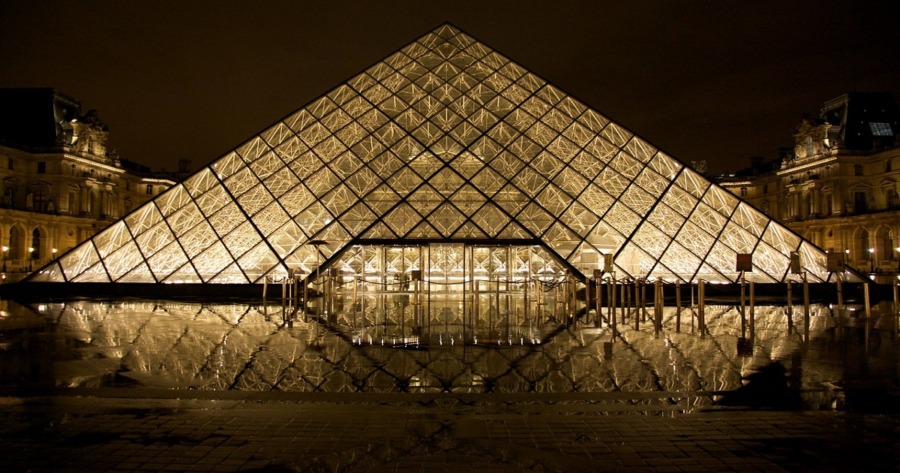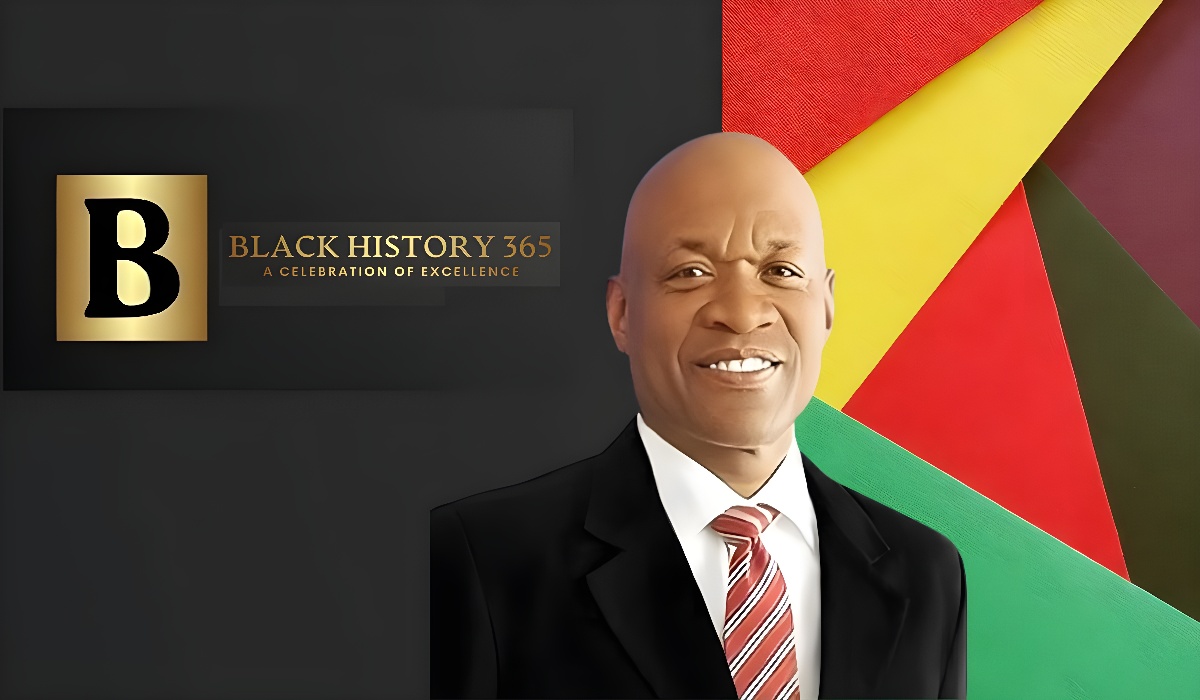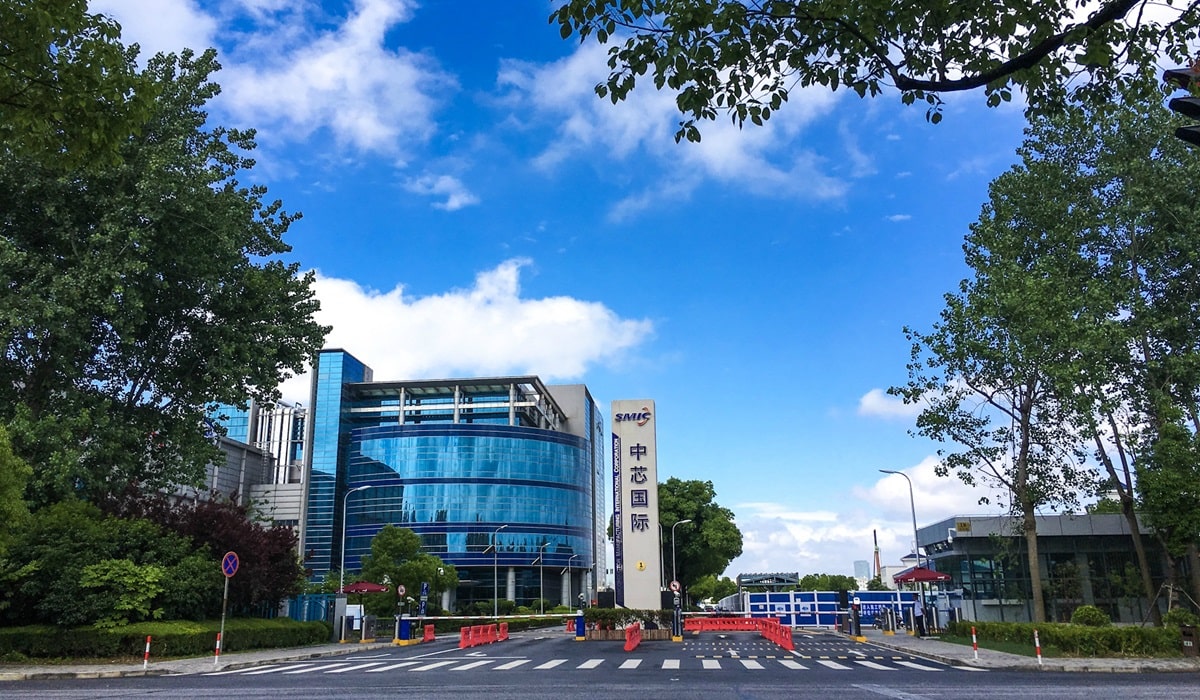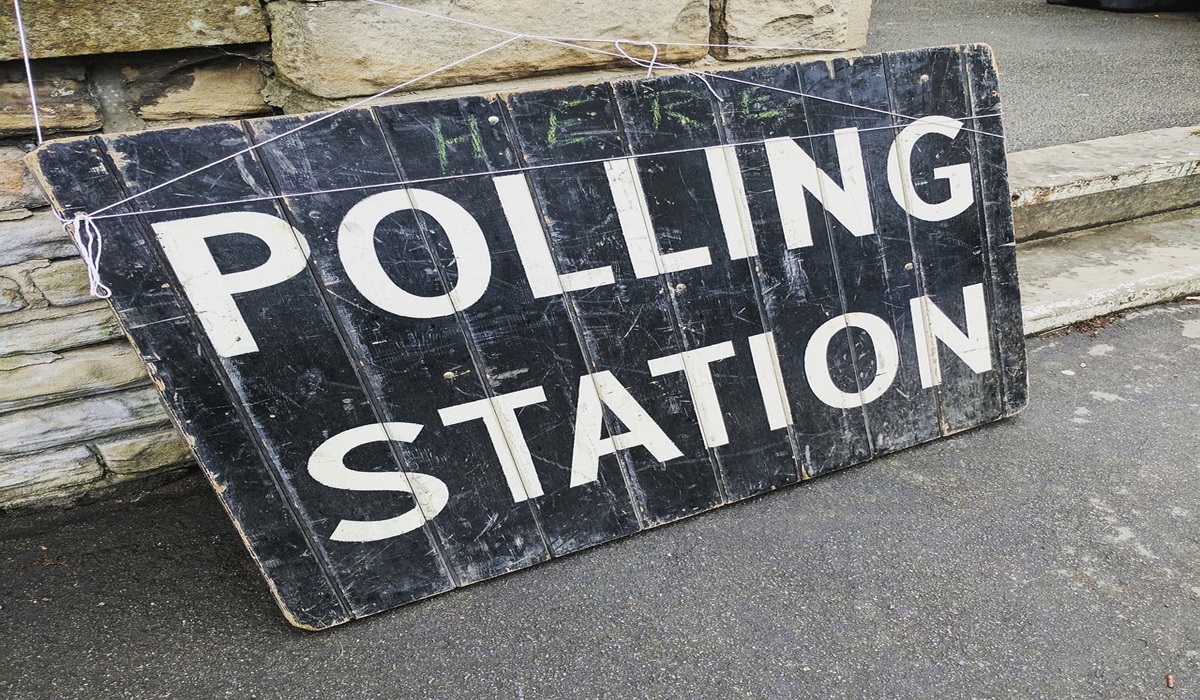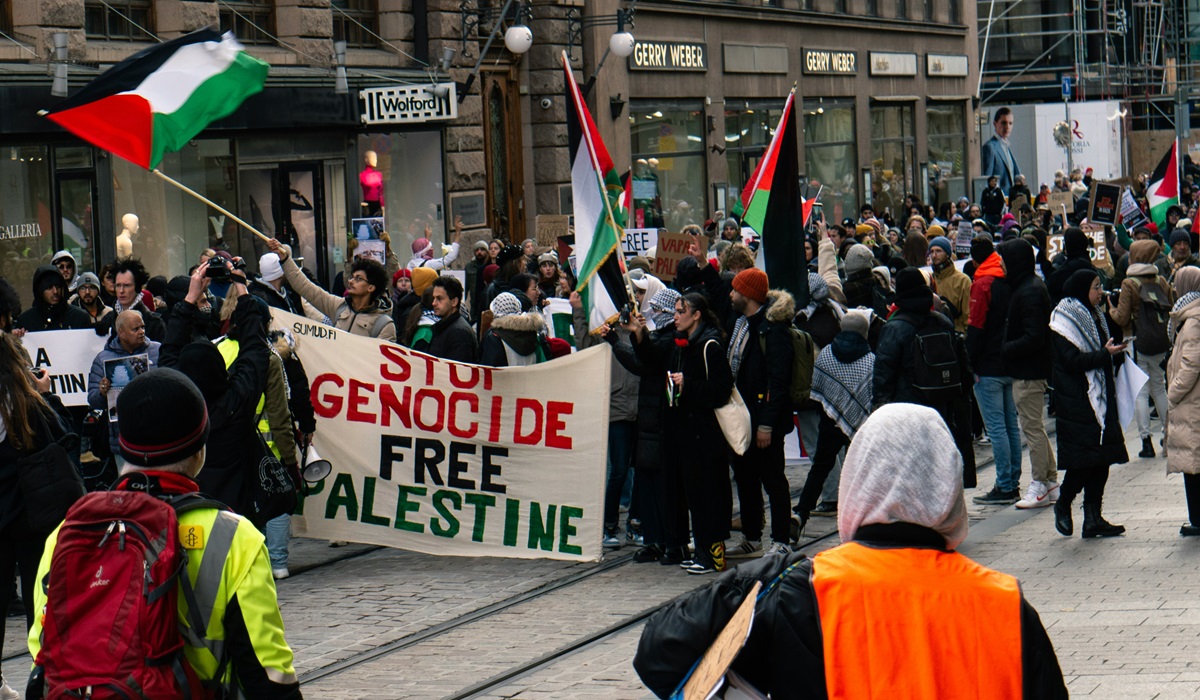The European colonization of Africa in the 19th century was a dark period that left a lasting legacy of exploitation and oppression. One of the most glaring examples of this exploitation is the vast collection of African artifacts in European museums. These museums acquired these artifacts during the colonial era through various means, including theft, looting, and forced acquisition. Today, these museums continue to hold on to these stolen artifacts, profiting from them while denying African nations the opportunity to reclaim their cultural heritage.
One of the most notorious examples of a European museum that holds stolen African artifacts is the British Museum in London. The museum holds tens of thousands of African artifacts, including the Benin Bronzes, which British soldiers looted during the sacking of Benin City in Nigeria in 1897. The Benin Bronzes are considered some of the finest examples of African art, and their removal from Nigeria devastated the country’s cultural heritage. Despite repeated calls to return these artifacts, the British Museum has refused to repatriate them, arguing that they were acquired legally.
Similarly, the Musée du quai Branly – Jacques Chirac in Paris holds a large collection of African artifacts, including many artifacts looted from Cameroon during the French colonial period. In recent years, there has been growing pressure on the museum to return these artifacts to their rightful owners, but the museum has resisted, claiming that it acquired the artifacts legally and that their return would set a dangerous precedent.
Other European museums that hold stolen African artifacts include the Weltmuseum Wien in Vienna, which holds a collection of looted artifacts from Tanzania, and the Royal Museum for Central Africa in Brussels, which holds a large collection of artifacts looted from the Congo during Belgium’s brutal colonial occupation and an astronomical amount of items from various African nations that remained housed in the Louvre in France.
This situation is not unique to European museums. In Canada, museums across the country hold a vast collection of Indigenous artifacts acquired through theft and forced acquisition during the country’s colonial era. These artifacts include everything from totem poles and ceremonial masks to personal items like clothing and jewelry. Repatriating these artifacts has been a contentious issue in Canada for many years, with many Indigenous communities demanding their return. While some museums have returned artifacts on a loan basis, the vast majority remain in the possession of museums.
The refusal of European and Canadian museums to repatriate stolen artifacts is not just an insult to the people whose cultural heritage has been stolen. It is also a hindrance to the process of healing and reconciliation between colonized and the colonizer. Repatriating stolen artifacts is a crucial step in acknowledging the harm that has been done and in making amends for that harm.
There are a number of ways that this problem can be addressed going forward. First and foremost, museums must recognize the harm that has been done and commit to repatriating stolen artifacts. This can be done through dialogue with the communities where these artifacts were taken and reconciliation and restitution.
Second, there must be a concerted effort to document the provenance of all artifacts held by museums, particularly those that were acquired during the colonial era. This documentation should be made available to the public and to the communities from which the artifacts were taken so that they can reclaim their cultural heritage.
Third, museums must acknowledge the importance of community ownership and stewardship of cultural heritage. This means working in partnership with communities to ensure that cultural artifacts are housed and cared for in a way that reflects their cultural significance and value.
Finally, there must be a recognition of the ongoing harm done to communities whose cultural heritage has been stolen. This means investing in programs and initiatives that support revitalizing cultural practices and traditions and promote healing and reconciliation.

